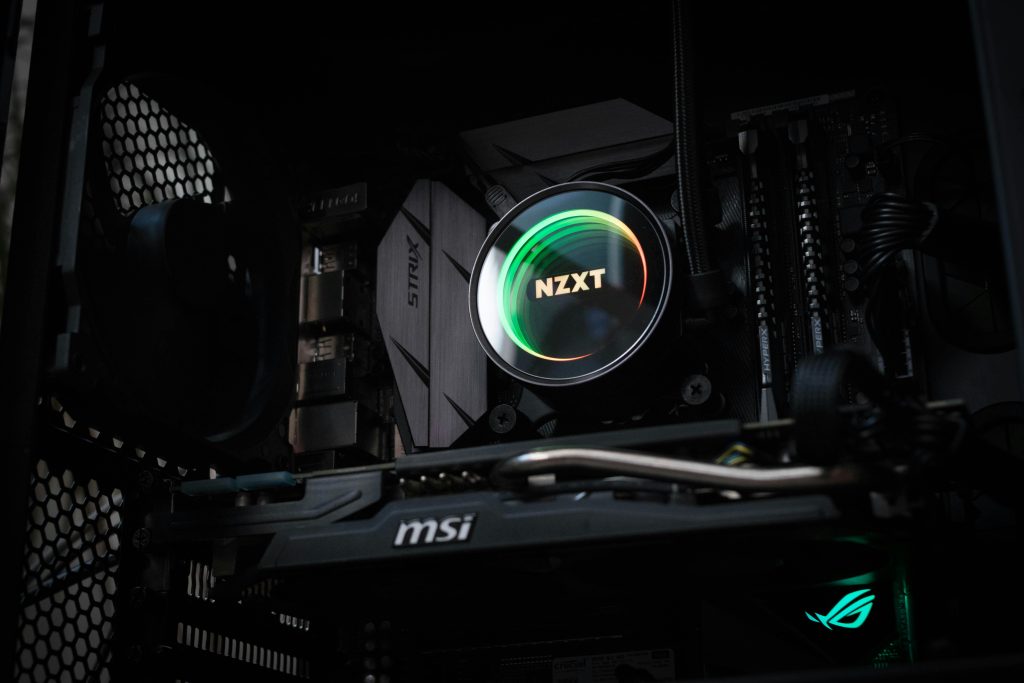Understanding and Addressing Trojan Detection in Mobile Applications
In today’s digital landscape, mobile security is more critical than ever. Recent user experiences highlight the importance of vigilance when installing and managing applications on smartphones. Here, we examine a specific scenario involving a potential mobile threat and outline steps to effectively address such issues.
Case Overview: Unexpected Trojan Detection After APK Installation
A user reported installing an Android APK file—an unofficial application bundle—early to their device. Initially, the device’s antivirus software did not flag any issues during the installation process. However, later that evening, a notification appeared warning about a Trojan identified as ave.evo.sdkabm lurking within the TikTok application, which the user had been using regularly for several months.
Concerned, the user uninstalled both the suspicious APK and TikTok. Yet, upon reinstalling TikTok, their antivirus detected the same malware again, raising questions about potential persistent infection and effective removal.
Key Takeaways and Best Practices
1. Understand the Risks of Installing APK Files from Unofficial Sources
Installing APK files outside official app stores like Google Play Store can introduce security risks, especially if sources are unverified. Malicious actors often distribute compromised APKs that can carry malware, spyware, or trojans.
Recommendation: Always download applications from trusted sources. If you must sideload an APK, ensure it is from a reputable provider and verify checksums when available.
2. Interpreting Antivirus Scans and Alerts
While a clean initial scan is reassuring, persistent threats may remain hidden within app data or may reappear after reinstalling. Antivirus software may detect malware embedded within app components or associated data.
Recommendation: Use reputable security solutions compatible with your device, and consider multiple scans or a dedicated anti-malware tool if needed.
3. Proper Removal of Malware from Mobile Devices
Simply uninstalling an app suspected of harboring malware may not completely remove the threat. Some malware can embed itself within system files or store residual data to reinstate itself.
Steps to ensure thorough removal:
– Clear app cache and data: Via device settings, clear cache and app data for affected applications.
– Reboot in safe mode: This prevents third-party apps from running and can aid in removal.
– Use specialized malware removal tools: There are mobile security apps designed to scan deep and eliminate persistent threats.
– Perform a factory reset: If malware persists despite other
Share this content:



